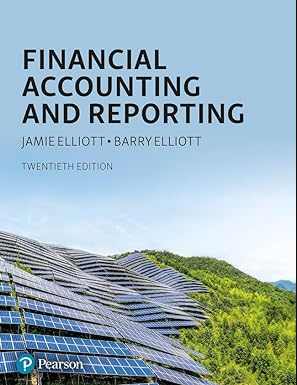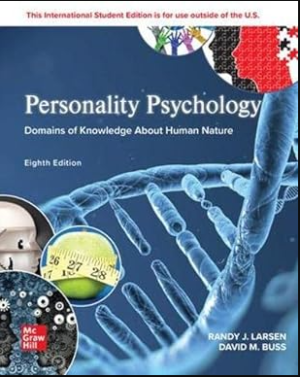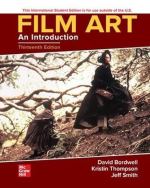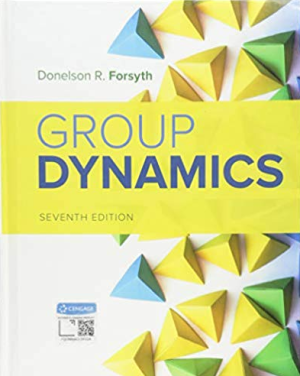Film Art: An Introduction ISE : 978-1265205478*
Film is an art form with a language and an aesthetic all its own. Since 1979, Film Art has been the best-selling and most widely respected introduction to the analysis of cinema. Taking a skills-centered approach supported by examples from many periods and countries, the authors help students develop a core set of analytical skills that will enrich their understanding of any film, in any genre. In-depth examples deepen students’ appreciation for how creative choices by filmmakers affect what viewers experience and how they respond. Film Art is generously illustrated with more than 1,000 frame enlargements taken directly from completed films, providing concrete illustrations of key concepts. Its Connect program includes invaluable tutorials featuring canonic film clips from the Criterion Collection. The thirteenth edition of Film Art includes extensively updated examples, and expanded coverage of digital filmmaking and the artistic and commercial implications of streaming.
About the Author
Kristin Thompson is an Honorary Fellow in the Department of Communication Arts at the University of WisconsinMadison, where she earned her Ph.D. Her books include Eisensteins Ivan the Terrible (1981), Exporting Entertainment: Americas Place in World Film Markets 19011934 (1985), Breaking the Glass Armor: Neoformalist Film Analysis (1988), Storytelling in the New Hollywood: Understanding Classical Narrative Technique (1999), Herr Lubitsch Goes to Hollywood: German and American Film after World War I (2005), and The Frodo Franchise: The Lord of the Rings and Modern Hollywood (2007).
Jeff Smith is a Professor of Film Studies in the Department of Communication Arts at the University of WisconsinMadison, where he earned his Ph.D. He is the author of two books: The Sounds of Commerce: Marketing Popular FilmMusic (1998) and Film Criticism, the Cold War, and the Blacklist: Reading the Hollywood Reds (2014). He has also published several articles and book chapters on the role of sound and music in American cinema. He is currently at work on a book that traces development of the classical Hollywood film score during the 1930s that examines how studios allocated musical resources to films based on their position within the hierarchy of prestige pictures, programmers, and B films.









Reviews
There are no reviews yet.